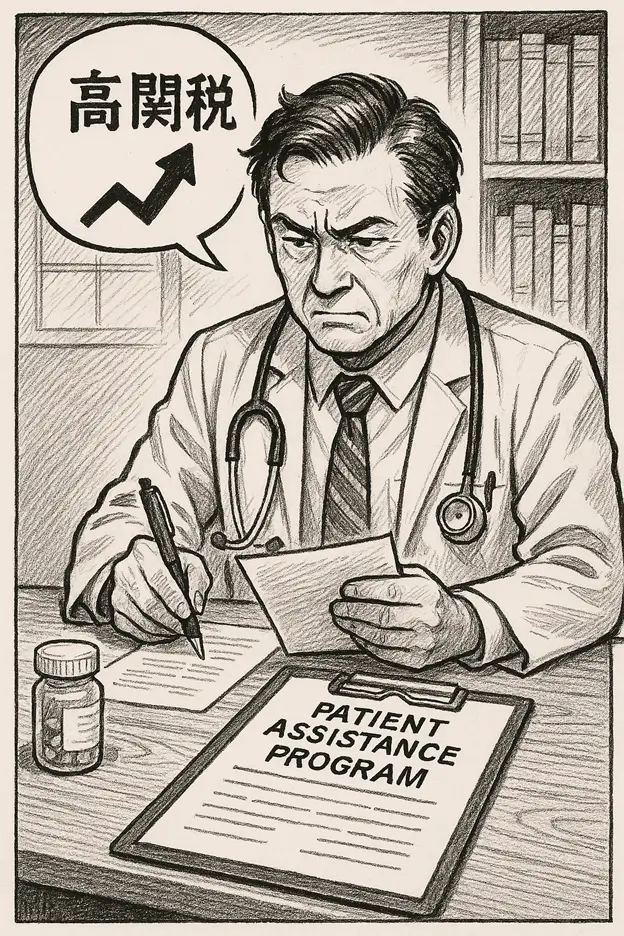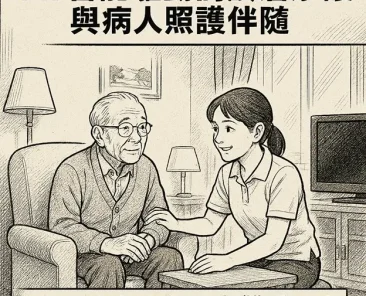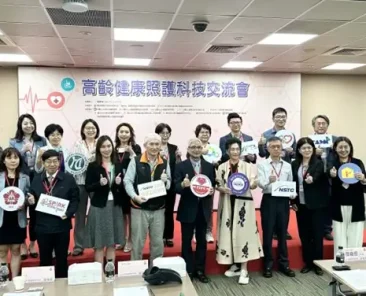President Trump’s health care policy, cutting Medicaid and ACA subsidies, may cause more Americans to lose their insurance, and high tariffs will increase medical costs, which in turn will increase the demand for PAPs (Patient Assistance Program). PAPs are designed to help patients afford their medications, especially from low- and middle-income families.
Customs duties are ultimately paid by the consumer
Since February, the Trump administration has imposed additional 25 percent tariffs on pharmaceutical ingredients, medical devices and manufacturing equipment from China and other countries. These tariffs, which are designed to realign manufacturing and address trade imbalances, have shaken up the entire healthcare supply chain at the same time.
According to the U.S. International Trade Commission, more than 80% of active pharmaceutical ingredients (APIs) used in U.S. drugs are manufactured abroad, with China and India being the main suppliers. The new tariff rates have an immediate impact on the cost structure of drugs that rely on these supply chains. “When pharmaceutical companies face higher manufacturing costs, these increases eventually translate into higher market prices, but ultimately have a direct impact on the stake of patient support programs, supply costs and prices.
Drugs can be approached math problems
The market business strategy behind patient assistance programs has always been a delicate economic issue. Most PAPs operate a fixed annual budget based on pro bono contributions from pharmaceutical companies, foundation grants, and other donations. When the cost of drugs rises, these programs face a mathematical dilemma: the same support budget will inevitably support fewer patients, or reduce the amount of burden to maintain the number of patients served.
In the case of a patient with rheumatoid arthritis (RA), these changes in burden are more than just statistics. One RA patient shared, “Without help, my medication costs would be more than my monthly mortgage,” she shared. “I was told that my PAP assistance could be reduced in the next quarter and would inevitably change my current financial life.”
Adjustment under future price pressures
Patient Solution Providers must also create new ways to address challenging environments next:
- Strategic drug prescribing: Prioritizing drugs with more stable supply chains or less affected by tariffs to ensure a stable supply of drugs that support drug programs in the long term.
- Transparency partnerships: Forward-thinking patient solution providers should work with pharmaceutical manufacturers to establish longer-term patient support agreements to cushion the sudden increase in costs associated with tariffs.
- Policy Advocacy: Price control of key drugs and medical supplies for life-threatening and rare diseases to balance affordability.
- Technology solutions: Digital platforms that help healthcare organizations provide greater diversity of benefits packages, including discounts from manufacturers and multiple assistance programs, and make access to medicines more transparent.
Complex healthcare calculations
“In the face of uncertain economic policy interventions, we must be more nimble than ever, using AI for helpful patient availability predictions, working more closely with drug suppliers to anticipate supply chain disruptions and price increases, allowing us to adjust our plans proactively rather than passively.”
While tariffs can benefit the competitiveness of the U.S. pharmaceutical industry, short-term and unplanned adjustments will jeopardize the long-term security of drug supply chains, and economists who specialize in the health care market say the timeline for domestic manufacturing expansion could be much longer than the immediate phase. Building a U.S. FDA-compliant pharmaceutical manufacturing facility typically takes 3-5 years from planning to production. During the transition period, people in their country may continue to see the harm to their livelihoods caused by price pressures.”
For chronic disease management, where medication adherence is critical to preventing costly hospitalizations, disruption in access to treatment could ultimately increase costs for the overall healthcare system. Because the patient’s disease worsens due to the interruption of treatment, the harm caused by the health insurance expenditure may be even greater.
Impact on healthcare drug supply in Taiwan
Trump imposed a 32% tariff on Taiwan’s exports, effective from April 9, 2025 (90 days delayed), not only disrupting trade, which may slow down Taiwan’s economic growth, the government lowered its GDP outlook in February 2025, due to the possible reduction of government budget spending due to the economic recession, which will further affect patients’ spending on medicine with family financial discretionary income, which may have a greater impact, on the one hand, it may make the demand for out-of-pocket drugs for patient support programs greater, However, for families with significant declines in household income or whose work and livelihood have been affected by the economic turmoil, it may lead to the interruption of out-of-pocket treatment.
Further due to the increase in drug prices affected by the U.S. economy, it may lead to a decline in the country’s drug procurement power, or intensified competition in drug supply, so that during the Covid-19 period, some drugs will be stopped from supplying to Taiwan and some special drugs will be withdrawn from the Taiwan market.
Facing challenges and adapting
For patient solution providers and those who rely on drug assistance programs, the changing tariff response still requires a balanced approach, with market mechanisms self-regulating and innovative service models helping to find a way out of the problem, which is the only way to make markets self-regulate, including providing protections for patients who are financially underpowered and unable to cope in the short term, or joining part of the policy dialogue during the transition period. Treating market-regulated patient support programs as part of the economic safety net, and allowing businesses to share the same interests and responsibilities, is a mechanism to ensure the continuity of supply and demand in a free economic market.




